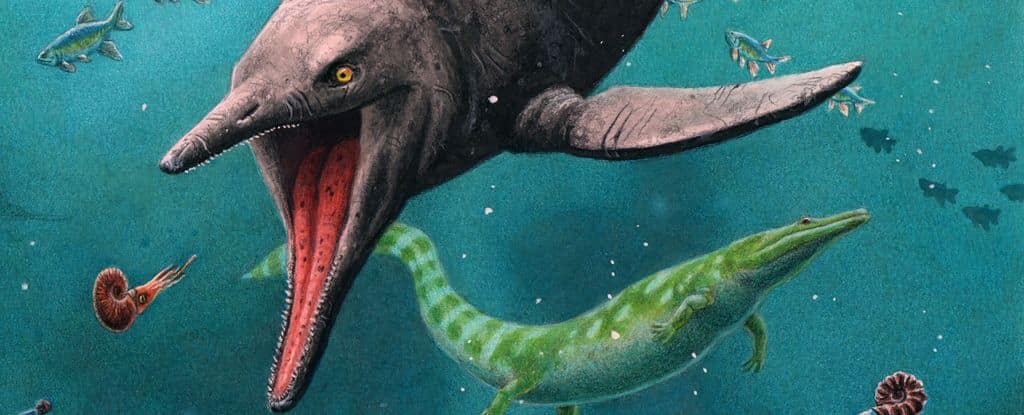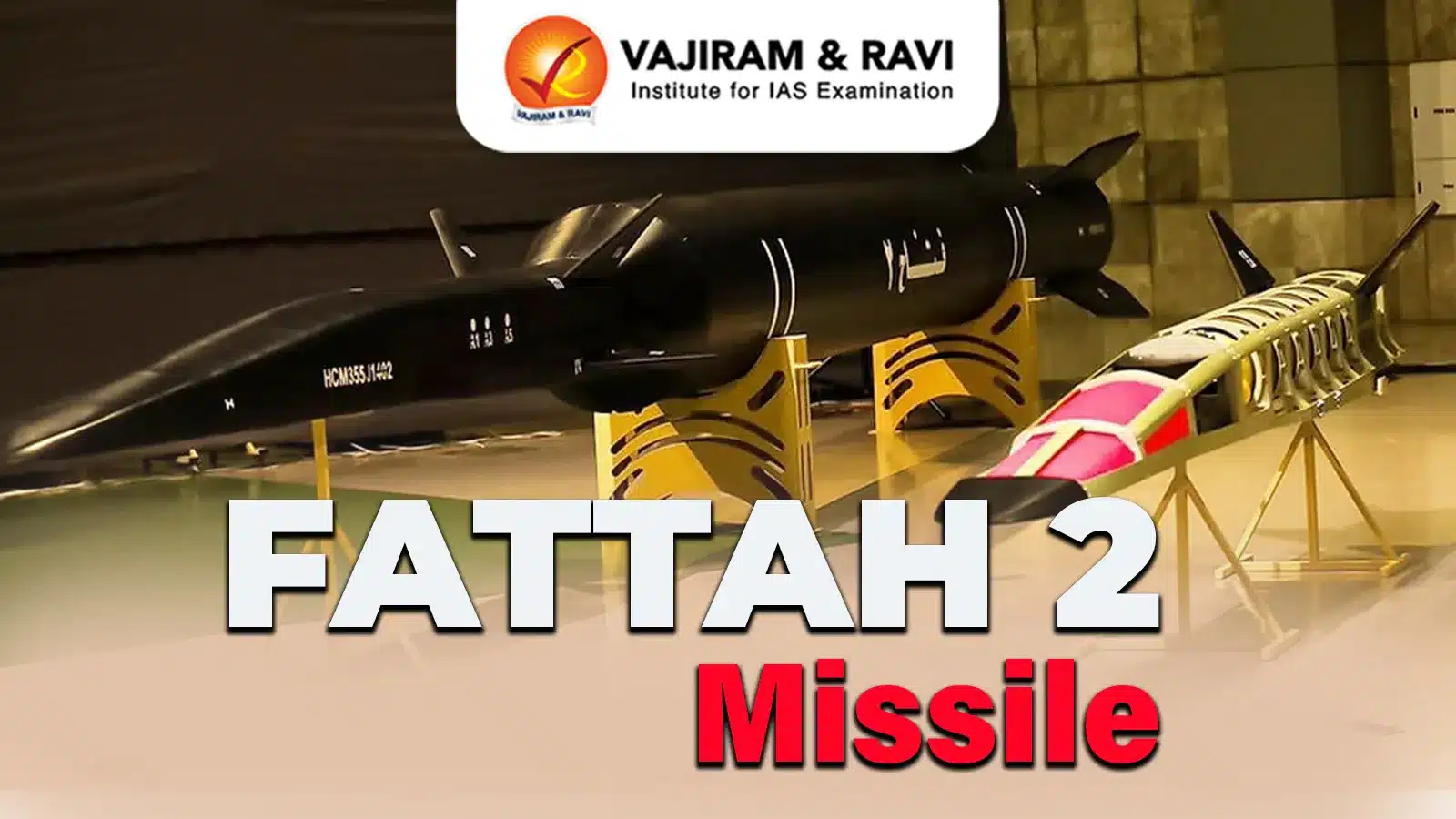About Ichthyosaurs:
- Ichthyosaurs were a group of animals that strongly resembled modern dolphins.
- They evolved from land-dwelling creatures that returned to the sea in the Early Triassic, thriving until the late Cretaceous.
- A changing climate and slowness to adapt brought their time to an end around 95 million years ago.
- These reptiles quickly adapted to life in the water: their legs turned to fins, their snouts elongated and filled with fish-snatching teeth, and their bones became spongy like those of modern cetaceans.
- It was fully adapted to life as a marine reptile within 2 million years of the final days of the End-Permian Mass Extinction.
What is Permian Mass Extinction?
- It is also called the Permian-Triassic extinction, a series of extinction pulses that contributed to the greatest mass extinction in Earth’s history.
- Many geologists and palaeontologists contend that the Permian extinction occurred over the course of 15 million years during the latter part of the Permian Period (299 million to 252 million years ago).
- This event ranks first in the severity of the five major extinction episodes that span geologic time.
Key facts about Spitsbergen Island
- It is the largest island in the Svalbard archipelago, Norway.
- It is the only permanently inhabited part of Svalbard.
Q1: What is the Cretaceous period?
It was the last and longest segment of the Mesozoic era. It lasted approximately 79 million years, from the minor extinction event that closed the Jurassic period about 145 million years ago to the Cretaceous-Paleogene (K-Pg) extinction event 66 million years ago.
Source: Oldest Ichthyosaur Known to Science Discovered on Remote Arctic Island
Last updated on June, 2025
→ UPSC Notification 2025 was released on 22nd January 2025.
→ UPSC Prelims Result 2025 is out now for the CSE held on 25 May 2025.
→ UPSC Prelims Question Paper 2025 and Unofficial Prelims Answer Key 2025 are available now.
→ UPSC Calendar 2026 is released on 15th May, 2025.
→ The UPSC Vacancy 2025 were released 1129, out of which 979 were for UPSC CSE and remaining 150 are for UPSC IFoS.
→ UPSC Mains 2025 will be conducted on 22nd August 2025.
→ UPSC Prelims 2026 will be conducted on 24th May, 2026 & UPSC Mains 2026 will be conducted on 21st August 2026.
→ The UPSC Selection Process is of 3 stages-Prelims, Mains and Interview.
→ UPSC Result 2024 is released with latest UPSC Marksheet 2024. Check Now!
→ UPSC Toppers List 2024 is released now. Shakti Dubey is UPSC AIR 1 2024 Topper.
→ Also check Best IAS Coaching in Delhi
























